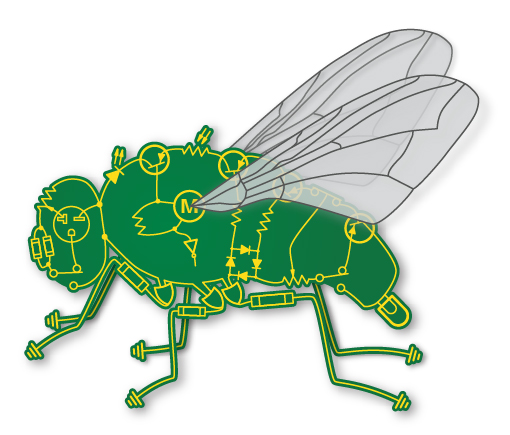 Credit: Florian Brown-Altvater
Credit: Florian Brown-Altvater
Today, scientists can sequence the DNA of nearly any organism they wish. Yet they cannot predict the size, shape, or functions of a developing organism solely based on its DNA sequence.
There are many components involved in the development of an embryo. All of these parts come together to make a very complicated system that controls the expression of genes—when, where, and how genes are turned on and off. Biologists have identified the molecules needed for developmental pathways to operate, but to Professor Hernan Garcia in the departments of Physics and Molecular and Cell Biology at UC Berkeley, we will only be able to fully understand development when we can rewrite its instruction manual and control it.
To figure out which processes matter most, researchers in the Garcia lab use live fruit fly embryos, an organism for which they have lots of genetic tools. By combining genes involved in developmental pathways, they construct genetic circuits that are simple enough to behave predictably. As Garcia says, they try to “simplify biological systems so you can distill them to their essential parts and track them theoretically.”
With these circuits, his students are altering patterns of gene expression to build a theoretical model linking the DNA code to the growth of body parts. Turning their models into precise mathematical statements, they aim to predict developmental decisions from looking at the DNA sequence, in the same way that you can predict the output voltage of a circuit from looking at an electronic circuit diagram. In the future, their results could enable scientists to precisely control how an organism is built simply by manipulating its DNA sequence.
This article is part of the Fall 2016 issue.



